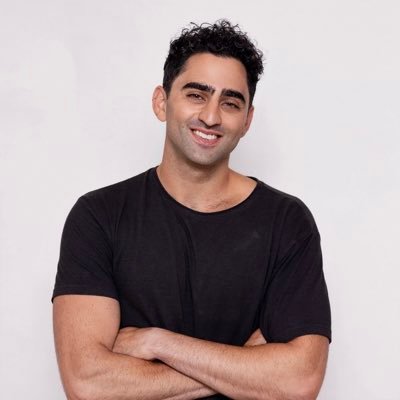1/ The analysis from the lending risk service provider @chaoslabs shows a fundamental misunderstanding of how Morpho works.
2/ First, Morpho does not lend out (or rehypothecate) collateral assets, similar to Compound III. In Morpho Blue, collateral is deposited solely to secure borrowings. It's not lent to other users to earn yield, like in shared liquidity pool models, e.g., Aave. The design reduces "shared" capital efficiency due to the lack of rhypothecation but it provides strong risk isolation. The claim that "users can't withdraw collateral" is just factually incorrect.


3/ If the goal is to highlight deUSD as a risky asset, the example should use deUSD as collateral and USDC as the debt asset.

4/ Assuming the previous example was a typo and the debt asset is USDC, the concepts of "shared USDC pool" and "shared market liquidity" don't exist. Morpho uses isolated markets, and each one is a standalone pool pairing one collateral asset with one debt asset, with no cross-contamination of risks or liquidity. Curators are responsible for allocating USDC liquidity to individual Morpho Blue markets through vaults. Users can also bypass managed vaults and deposit directly into Morpho Blue markets via direct contract calls or @monarchlend, if they are comfortable with their own decisions.


5/ The risk exposure of vault depositors' USDC liquidity depends on the curators’ allocation decisions. Any new experimental token collateral paired with USDC debt market will not automatically be added to the vault. Comparing with a shared liquidity model where safety depends on the weakest collateral onboarded (or voted in), curators must explicitly choose to allocate liquidity to it and expose to risk.

6/ However, Morpho’s isolated markets and the need to explicitly opt in to each market create additional operational overhead for curators. In contrast, Aave lenders automatically earn yield from new collateral assets enabled debt once they are onboarded.
7/ In summary:
- Morpho: liquidity is actively managed, with trust placed in curators to optimize risk-adjusted yield. Only capital allocated to individual isolated markets is at risk, and there is no cross-contagion between markets.
- Pool Model: risk depends on market segmentation (e.g., assets in Core vs. Prime instances in Aave) and features like e-mode and isolation mode, where risk from one asset could potentially affect all others in the same market instance. Illiquidity risk due to collateral rehypothecation applies within this type of market.
Morpho's design is not suboptimal, it's just taking different tradeoffs for DeFi lending design.
1.01萬
67
本頁面內容由第三方提供。除非另有說明,OKX 不是所引用文章的作者,也不對此類材料主張任何版權。該內容僅供參考,並不代表 OKX 觀點,不作為任何形式的認可,也不應被視為投資建議或購買或出售數字資產的招攬。在使用生成式人工智能提供摘要或其他信息的情況下,此類人工智能生成的內容可能不準確或不一致。請閱讀鏈接文章,瞭解更多詳情和信息。OKX 不對第三方網站上的內容負責。包含穩定幣、NFTs 等在內的數字資產涉及較高程度的風險,其價值可能會產生較大波動。請根據自身財務狀況,仔細考慮交易或持有數字資產是否適合您。



